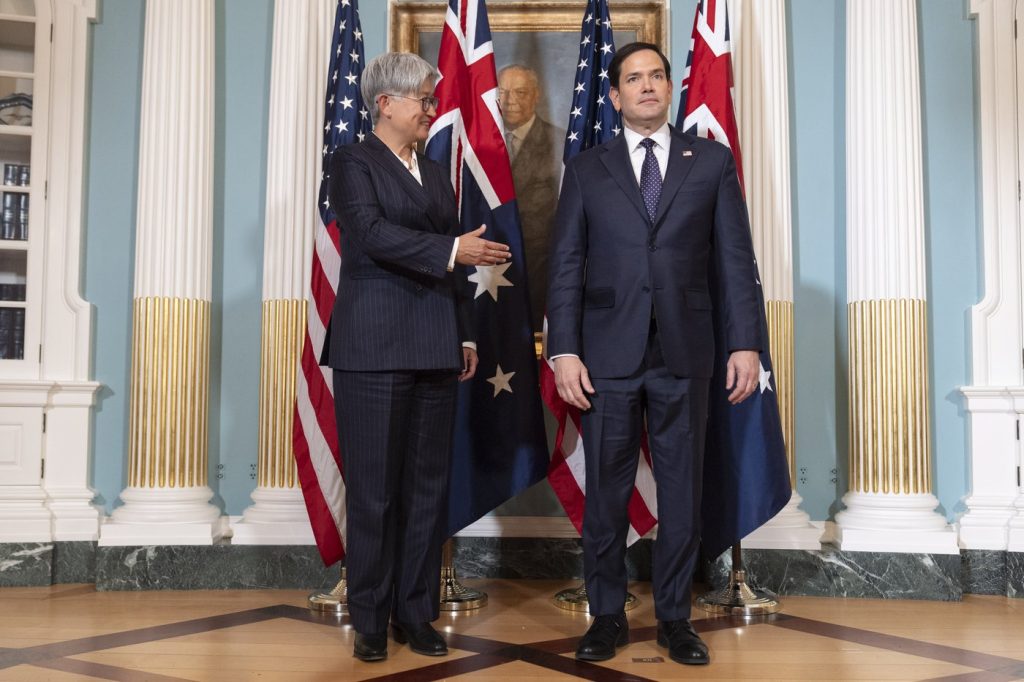In Melbourne, Australia, a strategic shift in the nation's foreign aid policy has been announced, focusing more on the Indo-Pacific region, particularly in response to significant cuts made by the United States to its development and humanitarian assistance overseas. As per the documents reviewed by the Associated Press, three-quarters of Australia's total overseas development aid will now directly benefit neighboring countries in Asia and the Pacific islands, which marks the highest proportion in 40 years.
For the upcoming fiscal year beginning July 1, Australia plans to increase its total aid budget by 136 million Australian dollars (approximately $86 million), bringing the total allocation to AU$5.097 billion (around $3.22 billion). Despite this increase, the allocations reflect a broader trend of reallocating funds, as Foreign Minister Penny Wong and Minister for International Development and the Pacific, Pat Conroy, did not reference the U.S. cuts while elaborating on Australia's shift in focus.
Penny Wong stated that Australia’s development program is crucial for ensuring the stability and security of the region. She highlighted that, given the current global uncertainties, a larger portion of Australia’s development assistance will be directed towards the Pacific and Southeast Asian regions, underscoring that Australia’s interests are most critically at stake in these areas.
Additionally, Conroy affirmed Australia’s commitment to multilateral aid channels even as the country leans towards more direct bilateral aid agreements. Australia has decided to suspend or delay AU$119 million (approximately $75 million) in contributions to various multinational organizations, including the U.N. Development Program, the Global Partnership for Education, and the Global Fund to Fight HIV, Malaria and Tuberculosis.
Conroy explained that flexibility within this year's budget is essential to safeguarding the stability and prosperity of Australia's neighbors, reinforcing Australia's role as a trustworthy partner in the region. This restructuring of aid follows recent announcements by the Trump administration, which revealed plans to eliminate more than 90% of the U.S. Agency for International Development’s foreign aid contracts and cut $60 billion in overall U.S. assistance worldwide, representing a significant reduction in support for development and humanitarian work abroad.
Riley Duke, a researcher at the Lowy Institute, characterized Australia’s revised aid budget as a proactive response to anticipated reductions in both U.S. and European aid spending within the Pacific region. He indicated that Australia has strategically cut or delayed payments to multilateral organizations to reallocate finances that would help fill the void likely left by steep U.S. aid reductions. The aid budget is increasingly concentrated on Australia’s neighboring countries, with direct funding to Pacific island nations constituting at least 40% of the Australian aid budget.
This realignment of foreign aid is a component of a broader national economic strategy slated for the next fiscal year, which the government presented to Parliament. Duke contended that these changes in spending priorities signal a recognition by the Australian government of its need to assume a more significant role in the Pacific to achieve its desired outcomes.
Furthermore, he noted that statements from the Trump administration indicate a lack of interest in crucial areas such as HIV and family planning, suggesting that Australia is positioning itself to fill these gaps left by the U.S. aid cuts. This development underscores a shift toward more regionally-focused foreign aid policies that align with Australia's national interests and regional stability goals.










